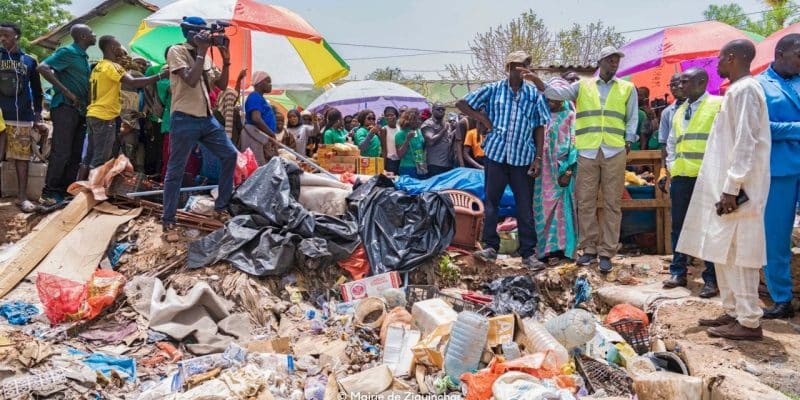Senegal's Société nationale de gestion intégrée des déchets (Sonaged) is now ready to collect and transport 150 tonnes of solid waste a day in the Ziguinchor region. The company recently acquired a fleet of 15 new refuse collection trucks.
The streets of Senegal’s Ziguinchor region are set to look a lot better. The Société nationale de gestion intégrée des déchets (SONAGED) has just strengthened its facilities. The recently acquired fleet comprises 15 refuse trucks, including ten compactors, a mechanical truck, two trailer trucks and two ampliroll trucks, all dedicated to the collection and transport of solid waste.
SONAGED has also acquired seven amplirolls and 13 cubic metre boxes. The equipment will be distributed by sector, given that refuse collection is divided into eight sectors in the Ziguinchor region, including one dedicated to the main arteries. A night shift will also be responsible for cleaning up the main market and certain arteries in the Senegalese region.
Up to 3,600 tonnes of waste collected every month
With a rotation frequency from Monday to Saturday, SONAGED says that its 134 agents will now be able to collect and dispose of 150 tonnes of solid waste per day, or 3,600 tonnes per month in the Ziguinchor region. This will help to reduce pollution.
The state-owned company plans to take its approach even further by setting up standardised collection points (PRN) and clean collection points (PP) in the near future. It will also provide people in inaccessible areas of the Councils in the Ziguinchor region with tricycles for collecting and transporting solid waste.
Read Also – SENEGAL: The country’s councils will soon be equipped with waste collection points
There are also plans to build a new waste collection centre in Ziguinchor. “The Mamatoro landfill, where solid waste from the Ziguinchor region ends up, is full to bursting. So we have to find a site elsewhere, which is a major constraint for SONAGED’s southern division in its day-to-day work”, points out Sékou Thiam, SONAGED’s delegate for Senegal’s southern zone.
Inès Magoum






